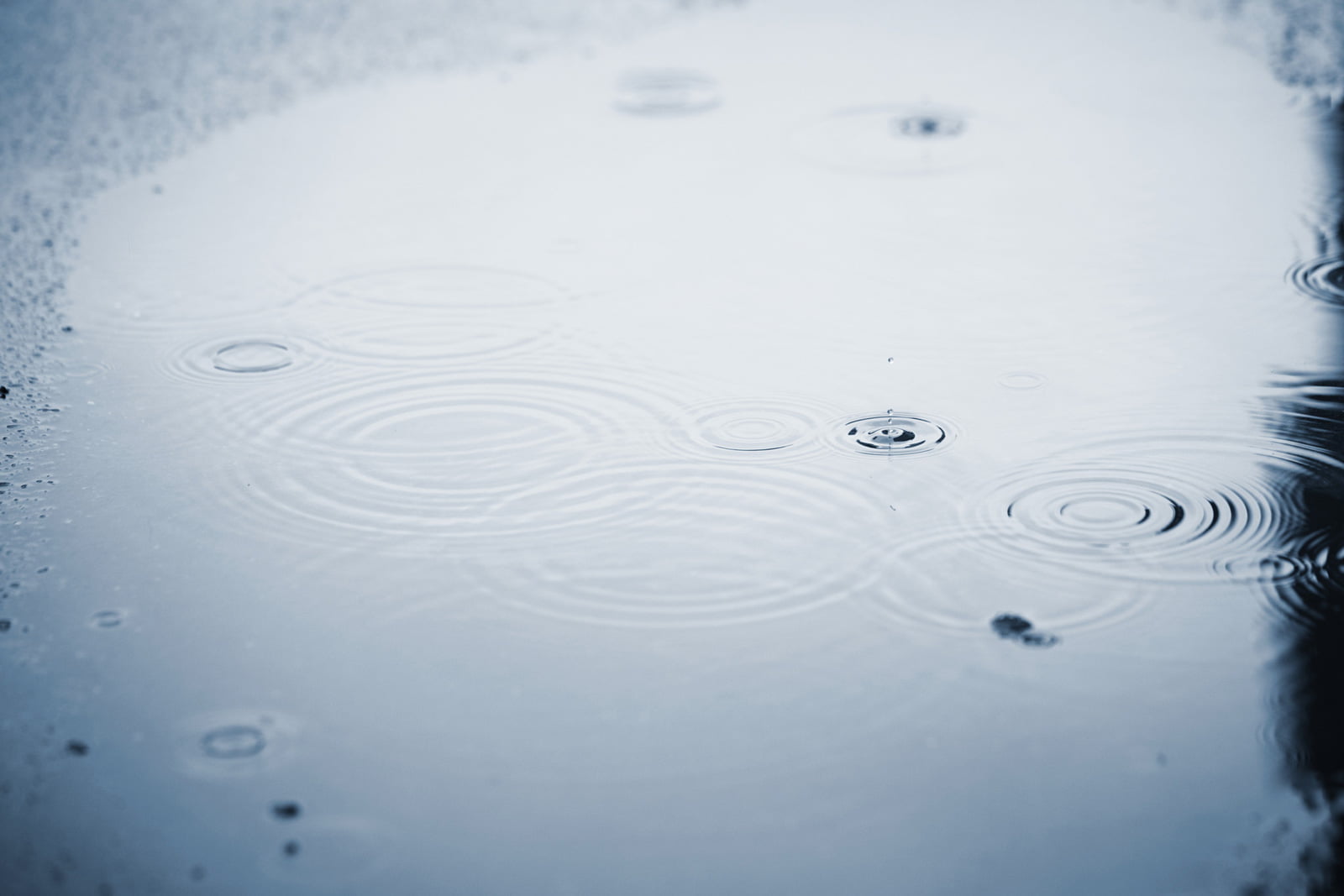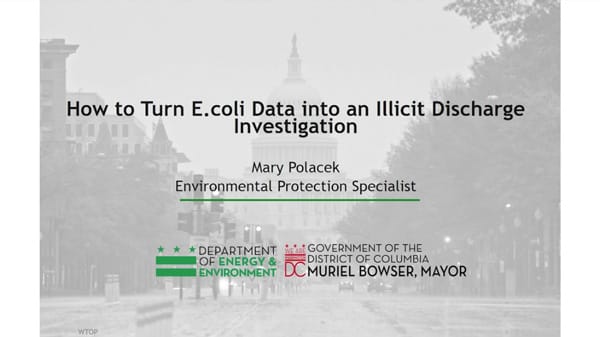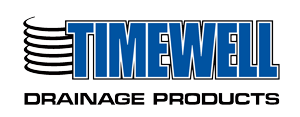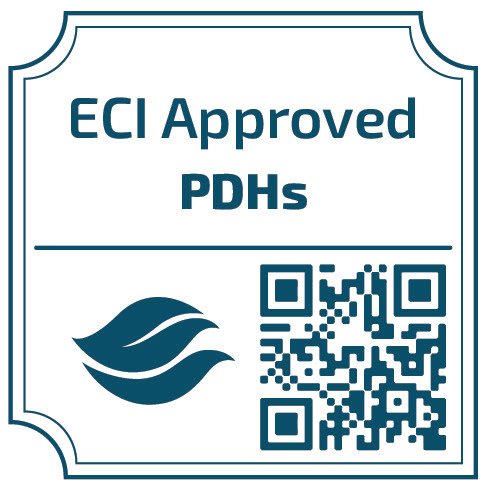
Date: Presented at StormCon 2024 in Reno, Nevada on August 28, 2024
Speaker: Mary Polacek
Credits: 0.75 PDH / Approved for all Envirocert International, Inc. (ECI) Certifications: Approval #PDH-0042
In Washington D.C., there are many entities that track E. coli levels. Within the Department of Energy and Environment (DOEE), there is the Water Quality Division, there are nonprofits with citizen scientists monitoring programs and USGS has monitoring stations. So, yes, we know that there are many places where we sample and track E. coli, but then what? This presentation will describe how DOEE’s Illicit Discharge team took all that data, compiled it, and incorporated a nutrient source tracking element to its illicit discharge program. This small-team, low-budget initiative has been productive in narrowing down where the E. coli is entering the streams by identifying the actual outfall source. This presentation will discuss components and methods used in an investigation of Pinehurst Branch, a tributary of Rock Creek. While reviewing E. coli data, it was determined that Pinehurst had consistent high levels. The team took a systematic approach to first evaluate all the outfalls in the watershed and conducted dry weather monitoring with booms, then narrowed further down by conducting a simple coliform/ E. coli snap test. In this subset, two outfalls were identified with positive results for the presence of coliform/ E. coli. The district’s experience can be shared to help others facilitate programs that must be creative with funding and resources that do not involve contract vehicles.
Session duration: 45 minutes
About the Presenter
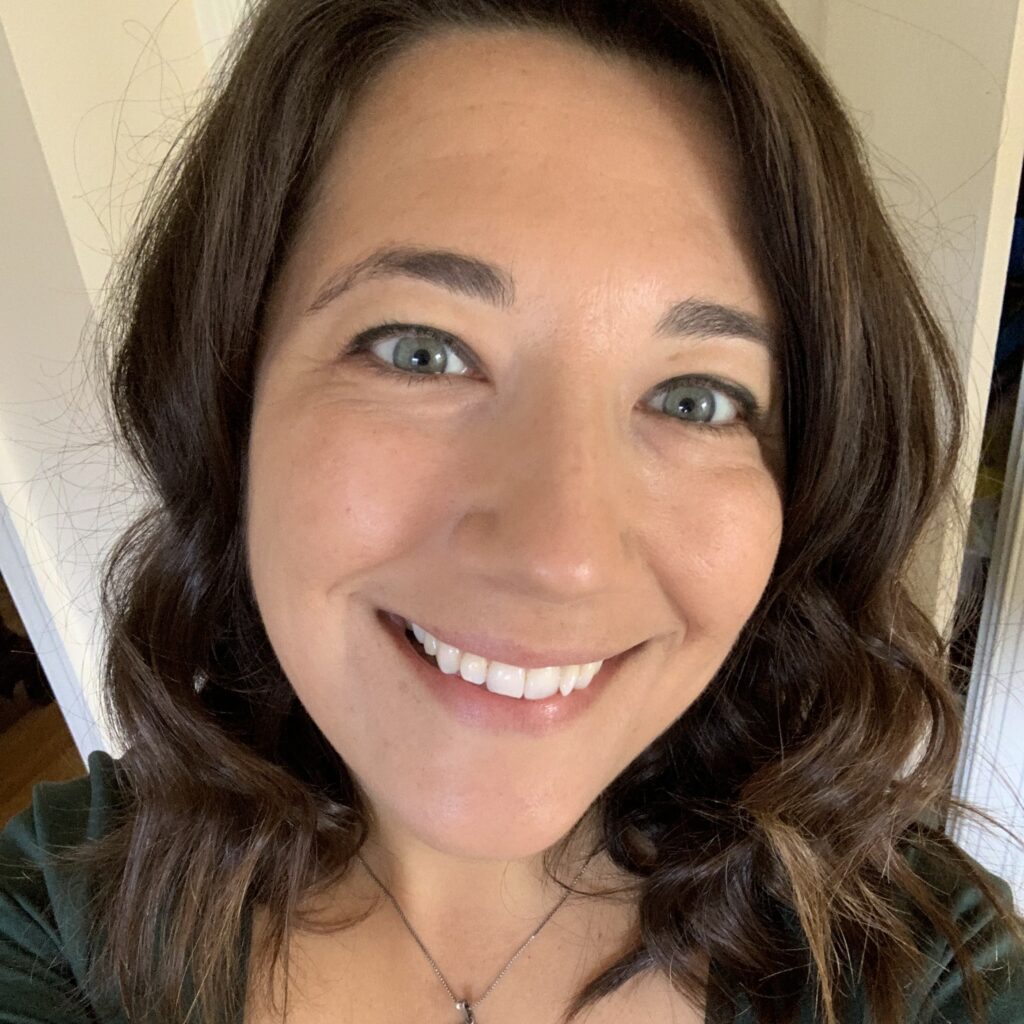
Mary Polacek has worked around the country on various infrastructure projects and working for local municipalities with a focus water quality. She moved to DC in 2013 and started working for DC’s Department of Energy and Environment (DOEE). She is an integral part of the inspection and illicit discharge program. Her active communication style has resulted in cultural change and significant pollution prevention. She prides herself on being in every outfall in DC.


